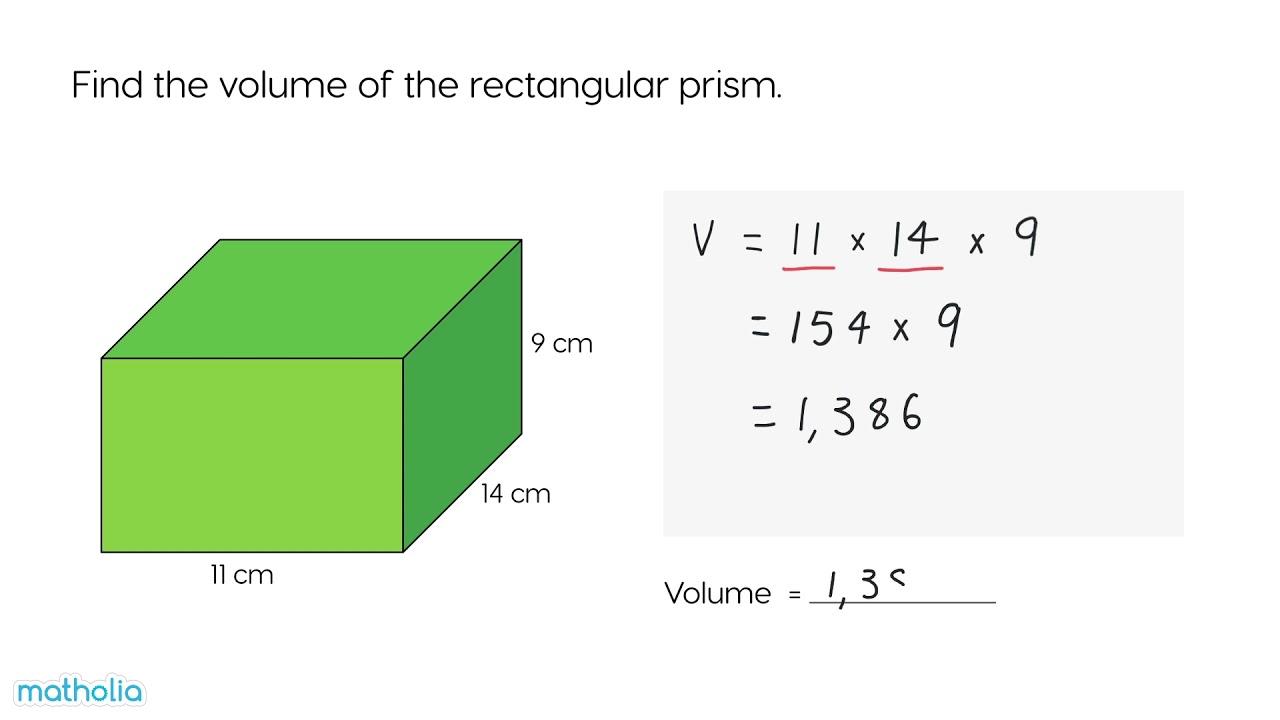
Add Time in Excel: Your Comprehensive Guide for 2025
Managing time efficiently is essential for productivity, whether you’re calculating hours worked, tracking projects, or simply summing up time for personal tasks. This article will provide detailed instructions on **how to add time in Excel** seamlessly, ensuring accurate time calculations for users in various scenarios. By the end, you’ll be equipped with practical tips and tricks to master Excel’s time functions in 2025 and beyond.
Understanding the Basics of Time Format in Excel
Before you can effectively **add time in Excel**, it's crucial to understand how Excel handles time data. Excel recognizes time as a fraction of a day. For instance, 12 hours is represented as 0.5, while 6 hours would be 0.25. This underlying framework allows various calculations when you properly format your time entries. Utilizing the correct **time format in Excel** ensures that your data entries will yield consistent results when performing **calculating time in Excel**.
Setting Up Time Format in Excel
To ensure accurate calculations, you must first set your cell format to ‘Time.’ You can do this by selecting your target cell, right-clicking, and choosing **Format Cells**. Then, navigate to the Time category and select a suitable format, like 'h:mm:ss' for hours, minutes, and seconds. By formatting cells correctly, it eliminates discrepancies in future functions and formulas. This foundational step is critical when using **excel time functions** for any time-related calculations.
Common Time Formats Used in Excel
In Excel, you have several **time data types** to choose from. The most used formats include:
- hh:mm:ss - Ideal for precise timing, including seconds.
- hh:mm - Commonly used for work hour calculations.
- [hh]:mm - This format allows for totals beyond 24 hours, suitable for those managing lengthy projects or extensive time tracking.
Choosing the correct format helps Excel better understand the data types you are using, assisting in accurate **excel time arithmetic** and calculations.
How to Sum Time in Excel Efficiently
Summing time accurately is key, especially when generating totals from multiple entries. To successfully **sum time in Excel**, you’ll need to familiarize yourself with specific Excel time formulas and the **excel sum function for time**.
Using Basic Excel Functions for Time Summation
The simplest way to sum time is by using the SUM function. For example, if you want to add the time in cells A1 to A5, you would use the formula:
=SUM(A1:A5)
This basic approach works well as long as the time cells are formatted correctly. Remember that if the sum exceeds 24 hours, your result may display as a smaller value unless formatted using [hh]:mm.
Example of Calculating Total Time Worked
Imagine you track your work hours in different cells and aim to find the total for a week. If cells A1 through A7 contain your recorded hours as follows:
- A1: 8:00
- A2: 7:30
- A3: 9:15
- A4: 8:45
- A5: 7:00
- A6: 9:25
- A7: 8:10
You would enter the formula =SUM(A1:A7). Make sure to format your result cell as [hh]:mm to display your total accurately if it exceeds 24 hours.
Advanced Time Calculations in Excel
For more complex scenarios, understanding and utilizing Excel’s various **time-related functions** is essential. This includes calculating time differences, adjusting for time zones, and managing overtime.
Calculating Time Difference in Excel
To find the **difference between two time values**, subtract one cell from another. For instance, if you want to know the time spent on a task starting at 2:00 PM (B1) and finishing at 5:30 PM (B2), you would enter the formula:
=B2-B1
This gives you the time elapsed. Make sure your cells are formatted to reflect your desired output. Note that Excel will show this time difference as a decimal until formatted as **time values**.
Handling Time Rounding in Excel
In professional settings, rounding time entries may be necessary. You can employ the ROUND function in Excel. For example, to round a calculated time in cell C1 to the nearest 15 minutes, you would use:
=ROUND(C1*96, 0)/96
This approach multiplies the time by 96 (the number of 15-minute segments in a day) before rounding. Proper **excel time rounding** is especially useful for payroll calculations and time tracking.
Effective Time Management in Excel
Understanding how to work with and analyze percentages of time effectively supports overall productivity levels. In many professions, managing working hours is critical, and Excel can provide tools that allow for better **time management**.
Tracking Hours Worked in Excel
To successfully keep track of hours, consider developing a simple time-tracking spreadsheet. Use columns for Employee Name, Project, Time In, Time Out, and Total Hours. You can apply simple calculation techniques, mentioned earlier, to each row to derive total hours per worker or project, assisting in your **excel work hour calculation** efforts.
Utilizing Excel to Analyze Time Data
Analyze time data to optimize your productivity strategy. You can create charts or pivot tables to visualize the data. Make use of the **excel time series analysis** feature for comprehensive reporting, identifying patterns that may require adjustments in work strategies or resource allocation.
Key Takeaways
- Understand how time is represented in Excel to ensure accurate calculations.
- Utilize the SUM function and ensure cell formatting is appropriate for time calculations.
- Explore advanced features like time difference and rounding for enhanced time tracking.
- Employ Excel for effective time management by analyzing and tracking time data.
FAQ
1. How can I add minutes and seconds together in Excel?
To add minutes and seconds, ensure your cells are formatted as Time. For instance, if cell A1 contains 15:30 (15 minutes 30 seconds) and A2 contains 5:45, use =A1+A2 to sum these times. Excel will represent the result in hours and minutes once formatted correctly.
2. Can Excel handle time overflow when summing hours?
Yes, to manage time overflow when summing hours, use the format [hh]:mm. This will allow the total to exceed 24 hours without resetting to zero once it surpasses that limit. Adjust your result cell to this format to get accurate total time.
3. What Excel functions can I use to calculate overtime?
You can use conditional formulas like IF combined with SUM. For instance, if you want to calculate overtime for cells representing hours worked beyond 40, you can input two separate formulas: one for up to 40 hours and another for any hours exceeding that, using logical expressions accordingly.
4. How do I visualize my time data in Excel?
To visualize time data, you can create charts or graphs representing the hours worked or differences in time entries. Use PivotCharts for more dynamic data representation, allowing you to analyze information based on specific criteria.
5. Is it possible to automate time data entry in Excel?
Yes, you can automate data entry using VBA or macros to streamline repetitive tasks related to time logging. This saves time and minimizes errors in time tracking practices. You can design custom functions within VBA to suit your tracking needs.
6. How can I format time correctly in Excel to avoid errors?
To avoid errors in time calculations, ensure your cells are set to 'Time' format. Double-check and adjust formats to match the intended representation, particularly when collecting input from various sources, as inconsistencies in entry formats can lead to calculation discrepancies.
7. What are the best practices for managing working hours in Excel?
Best practices include regularly updating entries, using consistent time formats, and developing an effective layout for tracking time. It’s beneficial to apply conditional formatting to flag excessive hours, helping manage workload and ensuring compliance with labor regulations.

